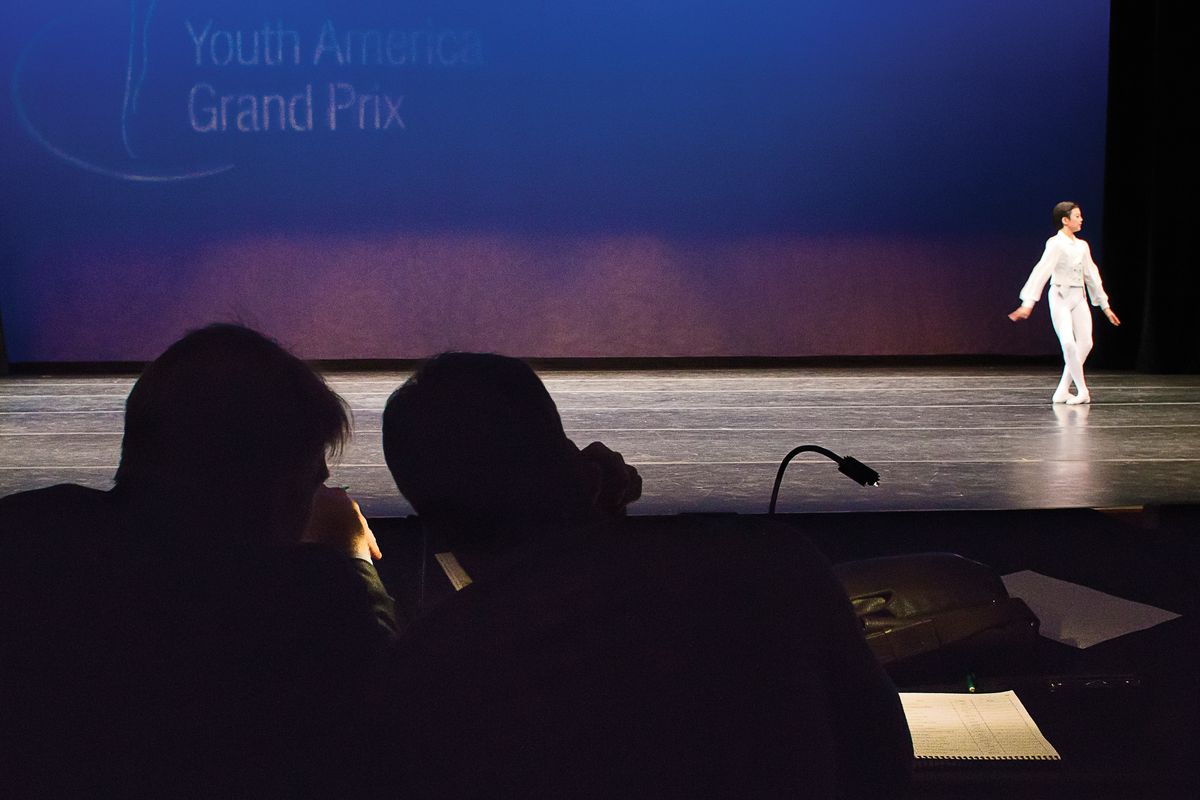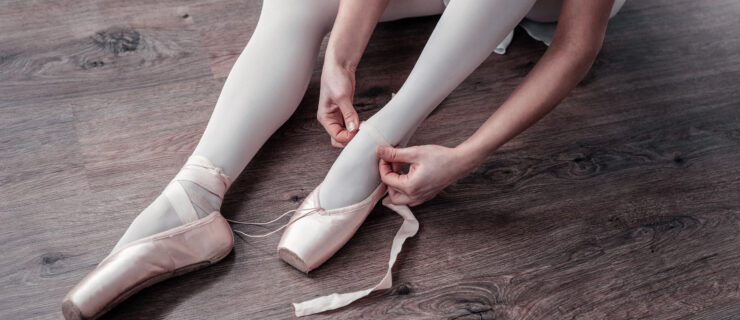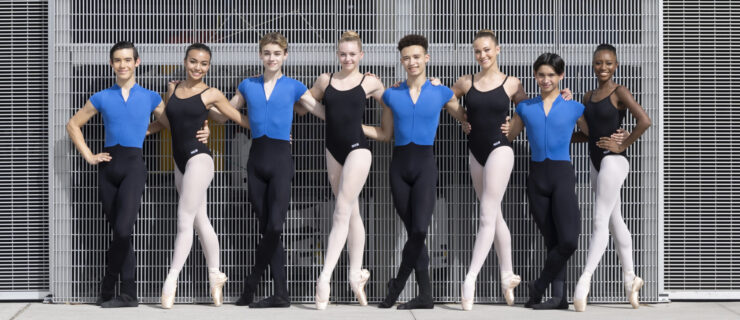The Judges Roundtable: 5 Frequent Competition Judges Share Their Advice, Pet Peeves, and Approach
This story originally appeared in the December 2016/January 2017 issue of Pointe.
As told to Madeline Schrock and Nancy Wozny
We asked five frequent judges for their advice, their pet peeves and their approach to the scoring process.
Peter Stark
- Head of the men’s program at Boston Ballet School, associate director of Boston Ballet II
- Valentina Kozlova IBC, Youth America Grand Prix

Igor Burlak, Courtesy Boston Ballet
I am an advocate for competitions. I know there are people who are against them, but dancers can learn a lot when they’re working one-to-one versus in a classroom setting. My mentor Bruce Marks, who was chair of the USA International Ballet Competition in Jackson for many years, said, “the process is the prize.” It’s true. As a coach, I’ve had dancers win and lose, but I certainly feel like the process of setting a goal and working on something is valuable.
One technical aspect that really has bothered me is that dancers are so hyper-focused on getting a leg up that they’re losing their hip alignment. That’s something I’d really like to see stop. I don’t find it attractive, and I don’t find it anatomically sound.
If a dancer is new or nervous about competing, I’d tell them this: You do the technical work in the studio, but when you walk onstage, you need to trust that it’s there and dance from your heart. At that point, you’re good at turning or not. There is nothing that is going to happen two minutes before the curtain goes up that will make your pirouettes better. You can have fun and connect on a human level, and that can make the difference.
Nina Ananiashvili
- Artistic director, State Ballet of Georgia
- Beijing International Classical Ballet and Choreography Competition, Helsinki IBC, Prix de Lausanne, USA IBC, Valentina Kozlova IBC, Youth America Grand Prix

Courtesy Valentina Kozlova IBC
I was a competitor myself many times. I know how hard it is, so I try to give credit to the students. Of course I’m looking at talent, but everybody can make mistakes. I fell down during a competition, and I won. I tell dancers: Don’t be worried. You have the opportunity to come onstage and dance in front of these fantastic judges. Enjoy it.
Students today have very good technique. The flexibility? Incredible, and just yesterday, I saw 15, 13 pirouettes on pointe. But that doesn’t show how they are dancing. If they do 15 pirouettes and they are dancing? Fantastic. And everybody’s splitting, not jumping. Ballet isn’t gymnastics. We need to show off the art. If I ever have my own competition, I will write in the rules: No à la seconde kicks. Everybody can do that, but to show a nice position is very rare.
I see a lot of competitors who don’t know their character. They just do steps. And another problem around the world: Everybody’s dancing every variation the same way, especially the boys. There’s no difference now between Don Q, Sleeping Beauty, Swan Lake and Giselle. Everybody does the same arms, same steps. In Don Q, why are the arms like this? Because it’s a Spanish dance. You cannot do Sleeping Beauty‘s arms in a Spanish dance.
Shelly Power
- Artistic director and CEO, Prix de Lausanne
- Prix de Lausanne, Youth America Grand Prix, Valentina Kozlova IBC

Amitva Sarkar, Courtesy Houston Ballet
The length of time I have to see competitors guides how I score them. My first impression of a dancer is extremely important. A weeklong competition like Prix de Lausanne is easier on the jury and allows for more time to suss out whether my intuition was correct. However, when the competition consists only of a two-minute variation, then that first moment is crucial. I leave room for error on account of the time allowance and that is when I look at potential: what could change, what can improve, what does this student need to get to the next level and do they have enough to get there.
I often see students dancing variations that are outside their technical ability, and this only hurts their scores overall. Age is important, and an appropriate variation is one that the student understands and can give proper attention to artistry. Artistry comes from the heart, however. I am looking for honesty and purity, for that spark in the eye that tells me they love what they are doing and respect the art form.
As for tricks, students and coaches need to ask one question: Does the step add value to the solo or take away from it? Solos need dynamics, stage skill, steps that link the music and story being told, and an artistic connection to the movement and music.
Deborah Hess
- Faculty, Canada’s National Ballet School
- Beijing IBC, Japan Grand Prix, Youth America Grand Prix

Johan Persson, Courtesy NBS
My mantra is “potential, potential, potential,” because I am looking through the glass ball to see a bud that could blossom. What comes across most is that deep love of dancing, and how that can grow with training and encouragement. And I am always looking for students who enjoy the rigor. You can really see those who have the self-motivation to enjoy the work that’s required to be a dancer.
When judging contemporary, I look for how much they can change their temperament, musical diversity and nuance. Some students can really capture our imagination in a piece that’s very different from their classical variation. I am not so much looking at the choreography, but how they are doing it.
Some dancers may not excel in competitions, but that doesn’t mean they won’t be valuable company members—I know several who went on to become principal dancers. Someone can be excellent at a variation, but if they struggle to pick up different movement styles or can’t work well in a group, they will not do well in a professional environment. Use competitions to improve your skills and learn from everything around you.
John Meehan
- International jury chair, USA International Ballet Competition
- Genée IBC, Prix de Lausanne, USA IBC, Youth America Grand Prix

Madeline Zappala, Courtesy John Meehan
The first things I notice are confidence, presence, posture. I can tell so much about what I am about to see from the way dancers use their feet as they walk onstage. Bravura technique is exciting, and when combined with control and artistry it makes for a winning combination. But detail and neatness in technique counts for more than some young dancers would think.
As for artistic aspects, I look for musicality, focus, épaulement and port de bras, physicality, and expression appropriate to the piece that they are performing. Whether it’s a classical performance versus a contemporary one, we are still looking for quality in whichever style is being presented. Contemporary work is a chance for a dancer to show another aspect of their dancing through freedom of movement and dynamics, which we don’t see in their classical variations. I have seen riveting performances of contemporary work where there are no tricks or steps derived from the ballet vocabulary.
Dancing a variation, whether in a competition or in the context of a ballet performance, is essentially the same thing. The key is to focus on the intention of the choreography. Finally, managing the stress of a competition can teach you a lot about yourself—a valuable lesson as your career progresses.





